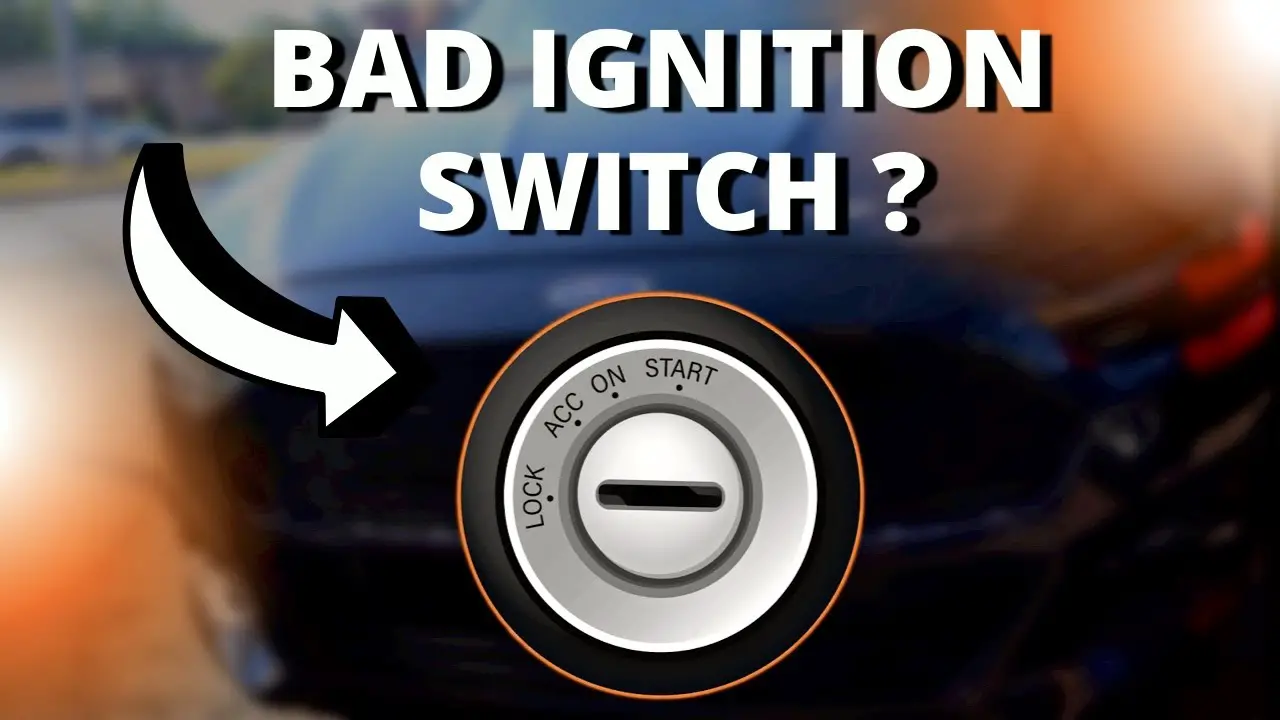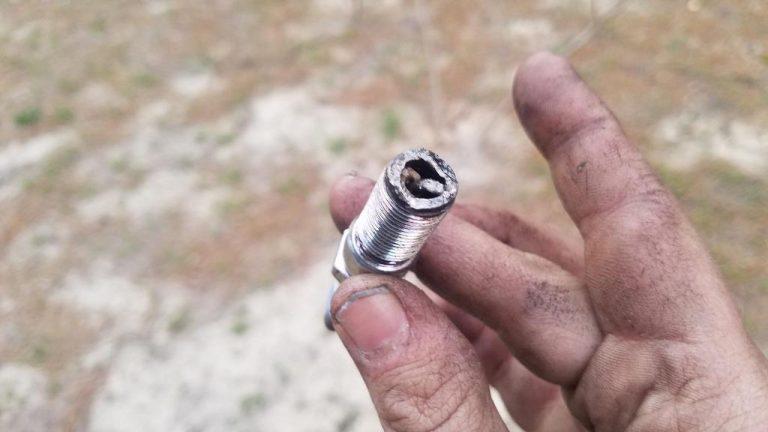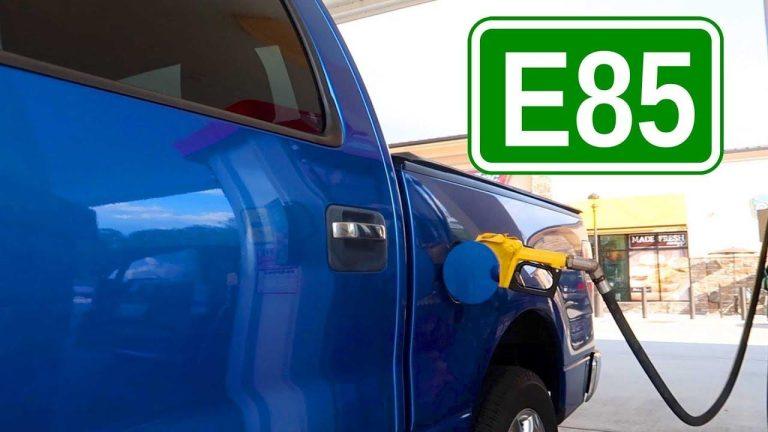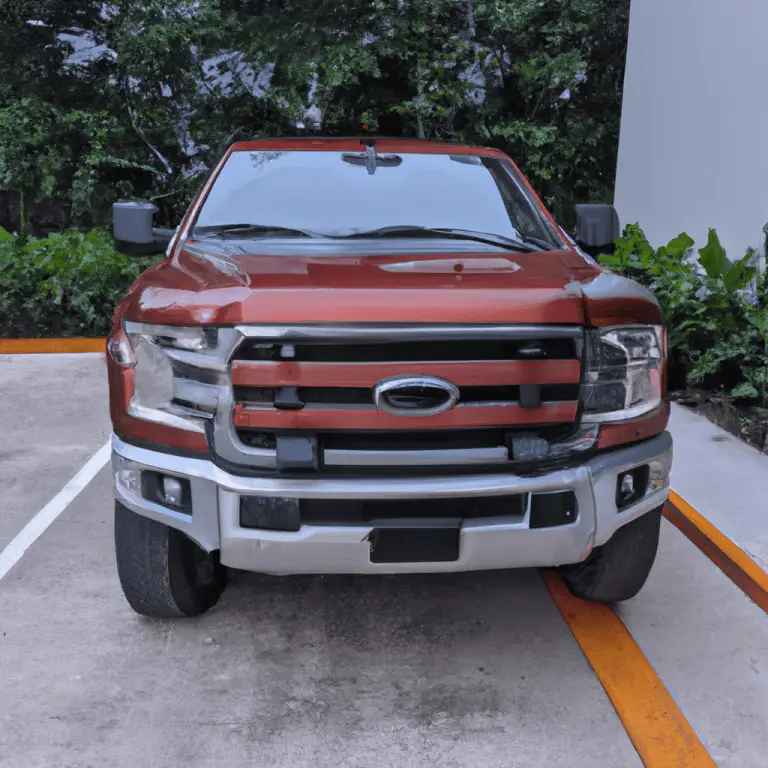Signs of a Bad Ignition Switch: Warning Symptoms to Watch For
A bad ignition switch can cause engine stalling and difficulty starting the vehicle. It can also lead to flickering dashboard lights.
A faulty ignition switch can be a major headache for drivers. It can disrupt the starting process and affect overall vehicle performance. Recognizing the signs early can prevent further damage and costly repairs. Common symptoms include engine stalling, trouble starting the car, and inconsistent dashboard lights.
Ignition switch issues can arise from wear and tear or electrical problems. Addressing these signs promptly ensures your vehicle remains reliable and safe. Regular maintenance and timely inspections can help identify and resolve ignition switch problems efficiently. Always consult a professional mechanic to diagnose and fix ignition switch issues accurately.
Introduction To Ignition Switch Issues
The ignition switch is a vital part of your car. It starts the engine and powers the electrical systems. If it fails, you may face serious problems. Understanding the signs of a bad ignition switch can save you from trouble.
Why Ignition Switches Are Crucial
The ignition switch controls the car’s power. It connects the battery to the starter motor. This starts the engine. Without a working ignition switch, your car won’t start. It also powers other systems, like lights and radio.
A faulty ignition switch can cause electrical issues. These issues can be hard to diagnose. Knowing why they are crucial helps you understand their importance.
Common Problems
Ignition switches can wear out over time. Here are some common problems:
- Car Won’t Start: The most obvious sign. If the switch fails, the engine won’t start.
- Stalling: Your car may stall while driving. This can be dangerous.
- Flickering Lights: Lights may flicker or dim. This indicates electrical issues.
- Key Issues: The key may not turn, or gets stuck in the ignition.
These problems can lead to bigger issues if ignored. Early detection is key.

Credit: www.youtube.com
Engine Fails To Start
The engine not starting is a common sign of a bad ignition switch. This issue can leave you stranded and frustrated. Understanding the specific symptoms can help you diagnose the problem.
No Response When Key Turned
If you turn the key and nothing happens, the ignition switch might be bad. There is no sound, no lights, and no engine crank. This indicates the electrical connection is not being made.
Here are some typical symptoms:
- No dashboard lights
- No sound from the starter motor
- No reaction at all
Intermittent Starting Issues
Sometimes the car starts, sometimes it does not. This inconsistency is another sign of a bad ignition switch. The engine might crank but fail to start.
Common signs include:
- Engine stalls unexpectedly
- Starting takes multiple attempts
- Dash lights flicker when starting
| Symptom | Description |
|---|---|
| No Response | Key turned but no reaction |
| Intermittent Starting | Engine cranks inconsistently |
Stalling While Driving
Stalling while driving can be a frightening experience. This can be a sign of a bad ignition switch. A faulty switch interrupts the engine’s power, causing it to stall. Understanding these signs helps you stay safe on the road.
Sudden Engine Shutdown
A sudden engine shutdown occurs unexpectedly. The vehicle loses power without warning. This can happen at any speed. The dashboard lights may flicker or go off. This indicates an ignition switch issue.
The sudden shutdown can be dangerous. You might lose control of the car. It’s important to diagnose this problem quickly.
Restarting Difficulties
Restarting difficulties often follow an engine stall. The car may not start right away. You might need to turn the key several times. Sometimes, the engine cranks but does not start. This is a clear sign of a bad ignition switch.
The ignition switch sends power to the starter motor. A faulty switch disrupts this process. You may notice other electrical issues too. Lights and radio may not work properly.
Common Symptoms Table
| Symptom | Description |
|---|---|
| Sudden Engine Shutdown | Engine stops running without warning |
| Restarting Difficulties | Car struggles to start after stalling |
| Flickering Dashboard Lights | Lights on the dashboard flicker or go out |
Checklist for Diagnosis
- Check for flickering dashboard lights
- Notice if the engine stalls suddenly
- Observe if restarting is difficult
- Listen for unusual sounds during starting

Credit: honda-tech.com
Flickering Dashboard Lights
Flickering dashboard lights can indicate a bad ignition switch. This is often a warning sign that something is wrong. Ignoring it may lead to bigger issues.
Inconsistent Power Supply
An ignition switch controls the car’s power. A bad switch can cause inconsistent power supply. You may notice lights turning on and off randomly.
This inconsistency affects other electronic components too. Windows, radio, and air conditioning might malfunction. Addressing this issue early can prevent further damage.
Check Engine Light
A bad ignition switch can trigger the check engine light. This light indicates various issues, including ignition problems.
When the ignition switch fails, the engine may not start. This can be due to poor electrical contact within the switch.
| Symptom | Possible Cause |
|---|---|
| Flickering Dashboard Lights | Bad Ignition Switch |
| Inconsistent Power Supply | Faulty Electrical Contacts |
| Check Engine Light | Ignition Problems |
- Check your dashboard lights if they flicker.
- Observe your car’s power supply for consistency.
- Pay attention to the check engine light for any issues.
- Inspect the dashboard lights.
- Check for power inconsistencies.
- Look for the check engine light.
Key Won’t Turn
One of the most frustrating car issues is a key that won’t turn in the ignition. This problem can leave you stranded and stressed. Understanding why your key won’t turn can help you diagnose the issue quickly. Let’s explore the common causes.
Locked Steering Wheel
A locked steering wheel can prevent your key from turning. This usually happens if the steering wheel is turned too far to one side. To fix this, try turning the steering wheel back and forth while turning the key.
Worn Out Key Or Ignition
A worn-out key or ignition can also cause issues. Over time, the key’s ridges wear down, making it difficult to turn. Similarly, the ignition cylinder can wear out.
- Try using a spare key.
- If that works, your main key is likely worn out.
If the spare key doesn’t work, the ignition cylinder might need replacing. A professional mechanic can help you with this.

Credit: wrench.com
Electrical Accessories Malfunction
An ignition switch is crucial for your car’s electrical system. If the ignition switch fails, your car’s electrical accessories may malfunction. Understanding these signs can help you identify issues early.
Radio And Ac Issues
If your car’s radio or AC stops working, it can signal a bad ignition switch. The ignition switch sends power to these components. A faulty switch may disrupt this power flow. You may notice the radio turning off randomly. The AC may also stop blowing cold air. Both issues can be frustrating and uncomfortable.
Power Window Failures
Your car’s power windows rely on the ignition switch for power. If the switch fails, the windows might not operate. You may press the button, but the windows won’t move. This can be unsafe, especially in emergencies. A bad ignition switch often causes this problem. Addressing it quickly can prevent further issues.
Unusual Noises From Ignition
Unusual noises can indicate a bad ignition switch. Recognizing these sounds can help prevent bigger issues.
Grinding Sounds
If you hear grinding sounds, the ignition switch might be worn out. These noises often occur when you turn the key. The grinding sound can damage other parts of your car. It is important to fix this issue quickly.
Clicking Noises
Clicking noises from the ignition can signal a problem. This sound means the switch is not working correctly. The car may not start at all. This noise can also mean a low battery or faulty starter. Listening for clicking sounds can save you from bigger problems.
Burning Smell
A burning smell from your car can be alarming. It often signals a bad ignition switch. This odor usually comes from electrical issues within the switch.
Overheating Components
Overheating components can cause a burning smell. The ignition switch has many electrical parts. If these parts overheat, they may emit a burning odor. This is a clear sign of trouble.
Heat can damage the plastic and metal parts inside the switch. This damage often leads to more serious electrical issues. You might notice flickering lights or trouble starting the car. These are signs that the switch is overheating.
Potential Electrical Fire
A burning smell can also indicate a potential electrical fire. When the ignition switch overheats, wires may melt. This can cause sparks and even flames. It is very important to address this issue quickly.
Signs of an electrical fire include smoke, sparks, and a strong burning odor. If you notice any of these, turn off the car immediately. Call a mechanic to inspect the ignition switch. Safety comes first in these situations.
| Symptom | Possible Cause |
|---|---|
| Burning Smell | Overheated Components |
| Flickering Lights | Electrical Issues |
| Smoke or Sparks | Potential Electrical Fire |
Always be alert to any unusual smells in your car. They can warn you of serious ignition switch problems.
Conclusion And Next Steps
Recognizing the signs of a bad ignition switch is crucial for car safety. Ignoring these signs can lead to serious problems. Fixing the issue early can save time and money.
When To Seek Professional Help
Some ignition switch problems need professional attention. Here are signs that you should consult an expert:
- Car won’t start: If your car doesn’t start, call a mechanic.
- Key stuck in the ignition: If the key won’t turn, seek help.
- Stalling issues: If your car stalls often, see a professional.
- Dashboard lights flickering: Flickering lights indicate a serious problem.
Preventive Maintenance Tips
Regular maintenance can prevent ignition switch problems. Follow these tips to keep your switch in good shape:
- Use the right key: Avoid using heavy keychains. They can damage the switch.
- Clean the ignition: Dirt can cause the switch to malfunction. Clean it regularly.
- Check the battery: A weak battery can affect the ignition switch.
- Regular inspections: Have a mechanic check your ignition switch during routine service.
Following these steps will extend the life of your ignition switch. Stay vigilant and address issues promptly.
Frequently Asked Questions
How Can You Tell If An Ignition Switch Is Bad?
A bad ignition switch often causes engine stalling, difficulty starting, or no power to accessories. Look for these signs.
How Do You Test An Ignition Switch?
To test an ignition switch, turn the key to the “ON” position. Check for power at the ignition coil. Use a multimeter to measure voltage. If no power is detected, the switch might be faulty.
How Do I Know If I Need A Starter Or Ignition Switch?
Check if the car starts with a jump. If it does, the issue is likely with the starter. If the dash lights up but the car doesn’t start, it could be the ignition switch. Consult a mechanic for a precise diagnosis.
Can You Start A Car With A Bad Ignition Switch?
Starting a car with a bad ignition switch is difficult and unsafe. It may require a professional mechanic.
Conclusion
Recognizing the signs of a bad ignition switch is crucial. Timely action can save you from unexpected breakdowns. Regular maintenance helps ensure your vehicle’s longevity. Pay attention to warning signs to avoid costly repairs. Keeping your ignition system in check guarantees a smoother and safer driving experience.
Stay informed and drive safely.






